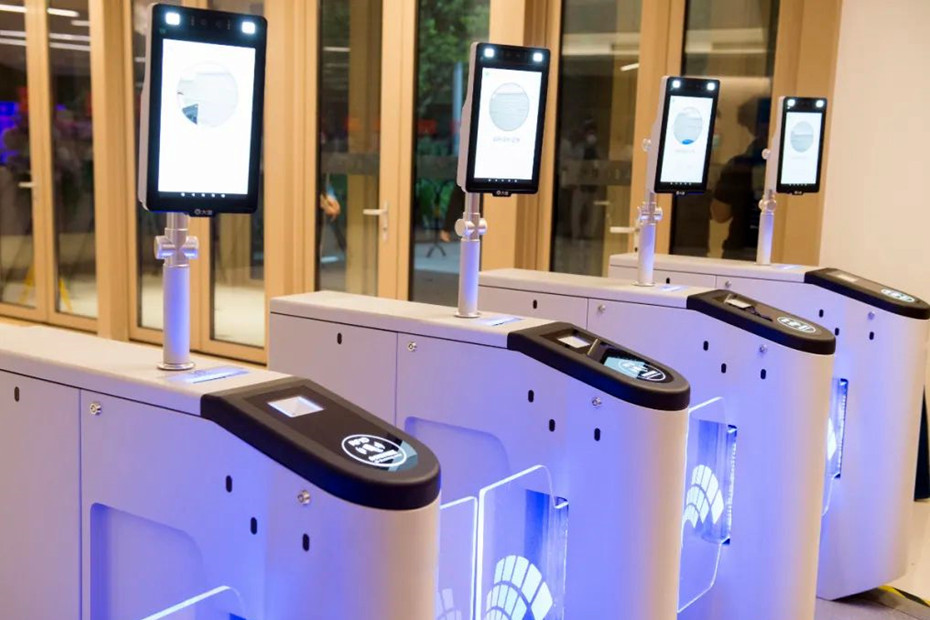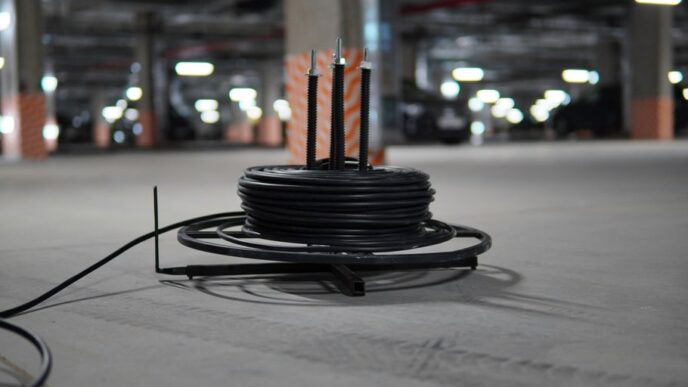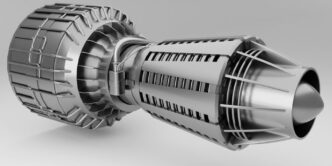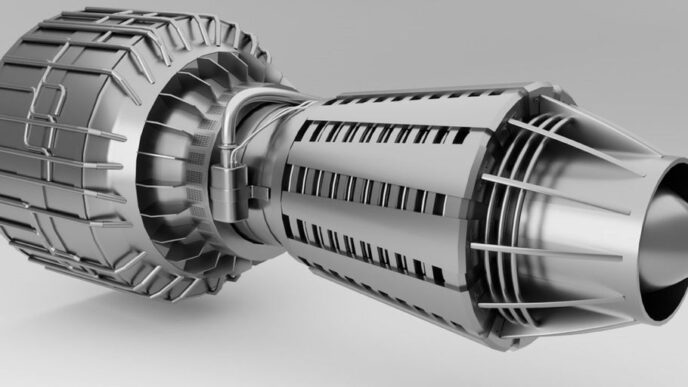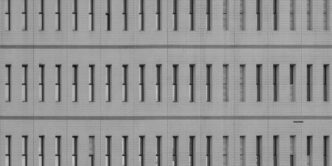In a world where security and access control are of paramount importance, traditional methods often fall short in terms of accuracy and efficiency. Face recognition turnstiles have emerged as a cutting-edge solution, revolutionizing the way we manage access to various facilities. In this article, we will delve into the world of face recognition turnstiles, exploring their technology, applications, benefits, and the role they play in enhancing security and convenience.
Table of Contents
- Understanding Face Recognition Turnstiles (H1)
- What Are Face Recognition Turnstiles? (H2)
- How Does Face Recognition Technology Work? (H2)
- Applications of Face Recognition Turnstiles (H1)
- Access Control in Office Buildings (H2)
- Enhancing Airport Security (H2)
- Stadiums and Event Venues (H2)
- Benefits of Face Recognition Turnstiles (H1)
- Enhanced Security (H2)
- Speed and Efficiency (H2)
- Contactless Access (H2)
- Challenges and Considerations (H1)
- Privacy Concerns (H2)
- Technical Challenges (H2)
- Cost and Implementation (H2)
- Innovations and Future Trends (H1)
- Multimodal Biometrics (H2)
- Integration with IoT (H2)
- Behavioral Analysis (H2)
- Conclusion (H1)
- Frequently Asked Questions (FAQs) (H1)
- Is face recognition technology secure?
- How fast is face recognition at granting access?
- What happens if the system fails to recognize my face?
- Can face recognition turnstiles be integrated with existing access control systems?
- Are there any ethical concerns associated with face recognition technology?
Now, let’s explore each section in detail.
Understanding Face Recognition Turnstiles (H1)
What Are Face Recognition Turnstiles? (H2)
Face recognition turnstiles are advanced access control systems that use biometric technology to verify and grant access to individuals based on their facial features. These turnstiles are equipped with cameras and sophisticated algorithms to capture and analyze the unique characteristics of a person’s face.
How Does Face Recognition Technology Work? (H2)
Face recognition technology works by capturing an image of a person’s face, extracting key facial features, and converting them into a mathematical representation known as a “face template.” This template is then compared to a database of authorized users’ templates to grant or deny access.
Applications of Face Recognition Turnstiles (H1)
Access Control in Office Buildings (H2)
Face recognition turnstiles are commonly used in office buildings to enhance security and streamline access for employees. They replace traditional access cards or PINs, reducing the risk of unauthorized access.
Enhancing Airport Security (H2)
Airports utilize face recognition turnstiles to strengthen security at immigration checkpoints and boarding gates. The technology helps identify travelers quickly and accurately, expediting the boarding process.
Stadiums and Event Venues (H2)
In large venues like stadiums and event arenas, face recognition turnstiles ensure a smooth entry process for ticket holders while enhancing security by identifying potential threats.
Benefits of Face Recognition Turnstiles (H1)
Enhanced Security (H2)
One of the primary benefits of face recognition turnstiles is their high level of security. They provide accurate identification, reducing the risk of unauthorized access or security breaches.
Speed and Efficiency (H2)
Face recognition technology is incredibly fast, allowing authorized individuals to pass through turnstiles quickly. This efficiency is especially valuable in high-traffic areas.
Contactless Access (H2)
Face recognition is a contactless authentication method, which is particularly relevant in today’s hygiene-conscious environment. Users do not need to touch any surfaces, reducing the spread of germs.
Challenges and Considerations (H1)
Privacy Concerns (H2)
The widespread use of facial recognition technology has raised privacy concerns. Ensuring the ethical and responsible use of this technology is a critical consideration.
Technical Challenges (H2)
Face recognition may face challenges in low light conditions or when individuals wear masks or accessories that obscure their faces. Continuous technological advancements aim to address these issues.
Cost and Implementation (H2)
Implementing face recognition turnstiles can be costly, and organizations must carefully consider their budget and infrastructure readiness before adoption.
Innovations and Future Trends (H1)
Multimodal Biometrics (H2)
Future developments may involve combining face recognition with other biometric modalities, such as fingerprint or iris scanning, to enhance security further.
Integration with IoT (H2)
The integration of face recognition with the Internet of Things (IoT) will enable a seamless and connected access control ecosystem, offering enhanced convenience and security.
Behavioral Analysis (H2)
Advanced systems may incorporate behavioral analysis, considering factors like gait and movement patterns alongside facial recognition for even more accurate identification.
Conclusion (H1)
Face recognition turnstiles represent a significant advancement in access control and security technology. While they offer numerous benefits, they also come with challenges, particularly related to privacy and implementation costs. However, with ongoing innovations and responsible use, face recognition technology is poised to continue enhancing security and access control across various industries.
In a world where security threats persist, the evolution of face recognition turnstiles provides an invaluable layer of protection and convenience.

